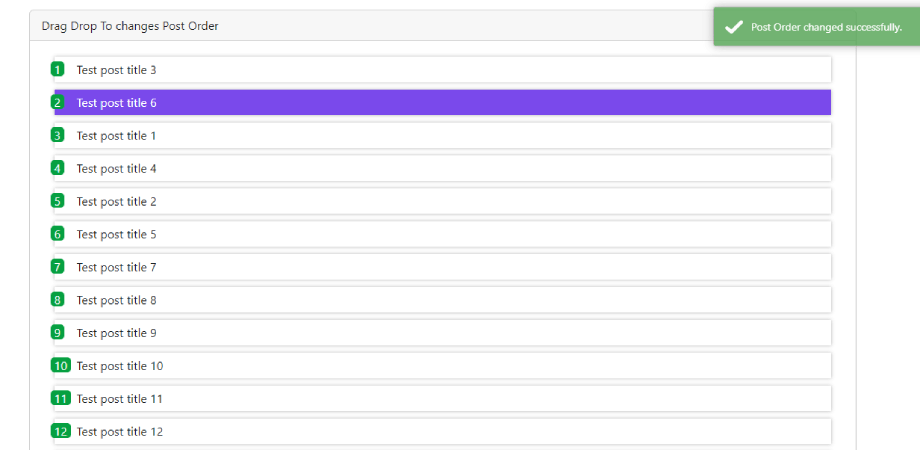How to create unique slug or url in Laravel
In Laravel, creating SEO-friendly URLs or user-friendly URLs often deals with unique slugs for models. Slugs are derived from a model's title or name, but conflicts may arise if we do not implement unique slug logic. In this tutorial, we will discuss a practical solution to automatically generate unique slugs in Laravel.
make sure that we are going to create a unique slug for a single modal later on we will discuss how we can create a unique slug dynamically on multiple modals. because this tutorial guides you to implement a unique slug on a single modal so that you can also use the same method on multiple controllers to create a unique slug on different models.
To implement unique slug logic we will follow these simple steps:
Step 01: Install the Laravel application and setup the database and migration
Step 02: create a unique slug function in the controller
Step 03: use the unique slug generator function to create record or update records.
Step 01: Install the Laravel application and setup the database and migration
If you have not set up your Laravel application then you can follow this tutorial Laravel 9 Installation from basic
Step 02: create a unique slug function in the controller
public function createSlug($title, $id = 0)
{
$slug = Str::slug($title);
$allSlugs = $this->getRelatedSlugs($slug, $id);
if (!$allSlugs->contains('slug', $slug)) {
return $slug;
}
$i = 1;
$is_contain = true;
do {
$newSlug = $slug . '-' . $i;
if (!$allSlugs->contains('slug', $newSlug)) {
$is_contain = false;
return $newSlug;
}
$i++;
} while ($is_contain);
}
protected function getRelatedSlugs($slug, $id = 0)
{
return Post::select('slug')->where('slug', 'like', $slug . '%')
->where('id', '<>', $id)
->get();
}
Step 03: use the unique slug generator function to create record or update records.
While creating a record :
public function store(Request $request)
{
$request->validate([
'name' => 'required'
]);
$post = new Post();
$post->title = $request->input('title');
//it will generate unique slug
$post->slug = $this->createSlug($request->input('title'));
$post->save();
$notification = array(
'message' => 'Post created successfully',
'alert-type' => 'success',
);
return redirect()->back()->with($notification);
}
While updating a record: make sure to pass the current post id when updating records it will prevent checking the current post slug.
public function update(Request $request, $id)
{
$request->validate([
'name' => 'required',
'slug' => 'required',
]);
$post = Post::find($id);
$post->title = $request->input('title');
//$id will exclude checking the currebt post slug
$post->slug = $this->createSlug($request->input('slug'), $id);
$post->save();
$notification = array(
'message' => 'Post updated successfully',
'alert-type' => 'success',
);
return redirect()->back()->with($notification);
}



